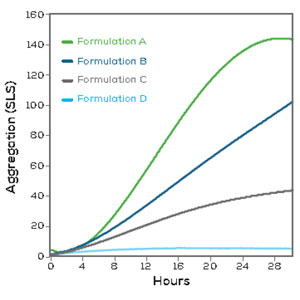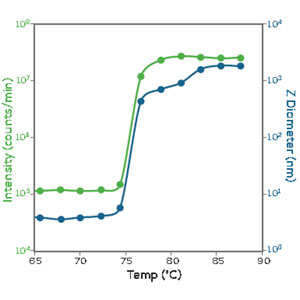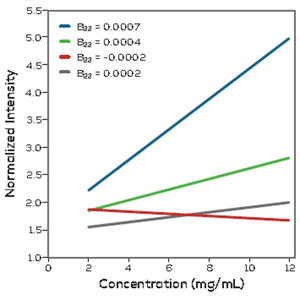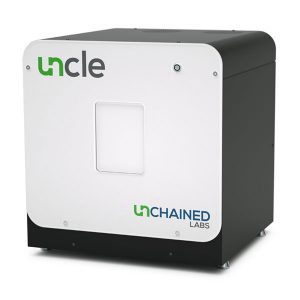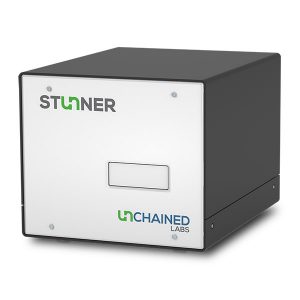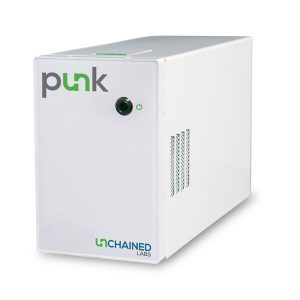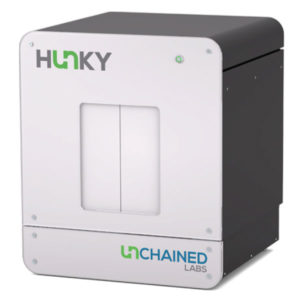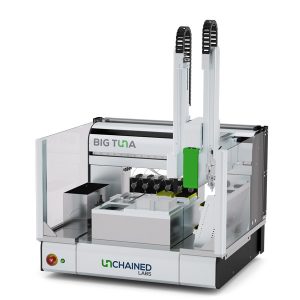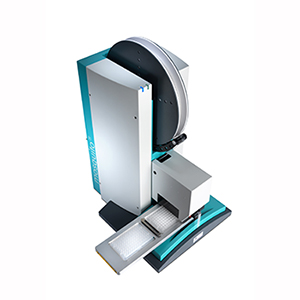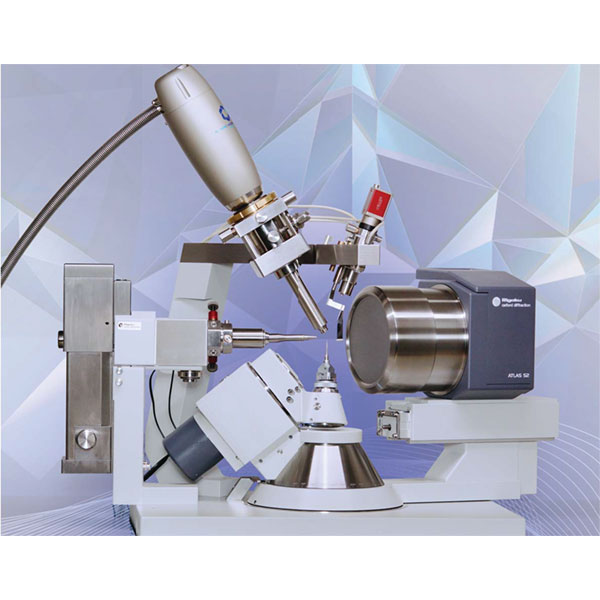UNcle All-in-One Biologics Stability Platform
UNcle combines 3 separate biologics instruments into a single package, saving you space, time and effort. UNcle uses three different measuring modes, i.e.
- Fluorescence
- SLS (Static Light Scattering)
- DLS (Dynamic Light Scattering)
By incorporating all these modes into a single instrument you can generate a comprehensive analysis in just a few hours while at the same time using significantly less of your precious protein. This simplifies the process of narrowing down the optimal protein or formulation, resulting in faster research.
Range of Measurements
Use UNcle to determine the following properties of your proteins:
- Tm & Tagg
- Isothermal stability
- Thermal recovery
- Sizing
- Polydispersity
- Sizing with thermal ramp
- kD
- B22
- Viscosity
Total Flexibility
UNcle allows you to generate more data with less sample. With just 9uL of sample required you can run as few or as many samples (up to 48) at a time, multiple times a day. You can run a DLS experiment and read it if thats all you need or alternatively, check DLS and then commence a 3 day experiment to monitor real-time stability.
Using specimens sealed in air-tight vessels you can perform experiments that are as short or long as you want.
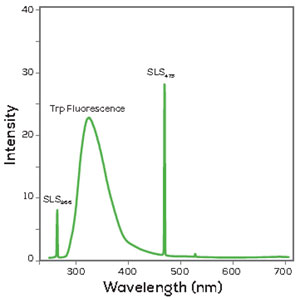 Full Spectrum Analysis
Full Spectrum Analysis
Because biologics all behave differently, UNcle has been designed to provide you with the entire fluorescence spectrum. This means that you dont have to know ahead of time how your protein will behave. There is also no need to add dyes.
UNcle is able to detect aggregation on two wavelengths ensuring you dont miss either small or large aggregation.
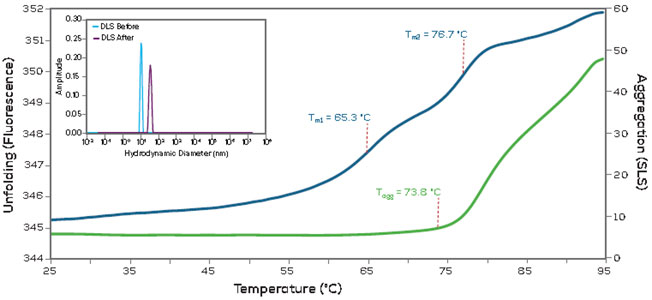 One Shot, More Data
One Shot, More Data
If you are experimenting with new formulations or constructs you can refine your results much more quickly. UNcle allows you to generate data on 48 samples in less than 2 hours. You can measure Tm and Tagg simultaneously and determine when unfolding leads to aggregation.
You can also generate DLS data before the temperature ramp and eliminate a sample straight away if it has aggregation issues.
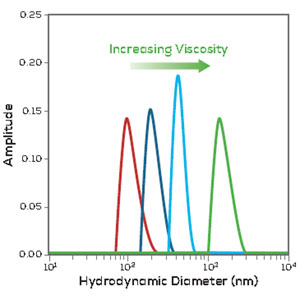 Viscosity
Viscosity
Using beads you can get an understanding of your samples viscosity and how a modification to its formulation or concentration effects the viscosity.

